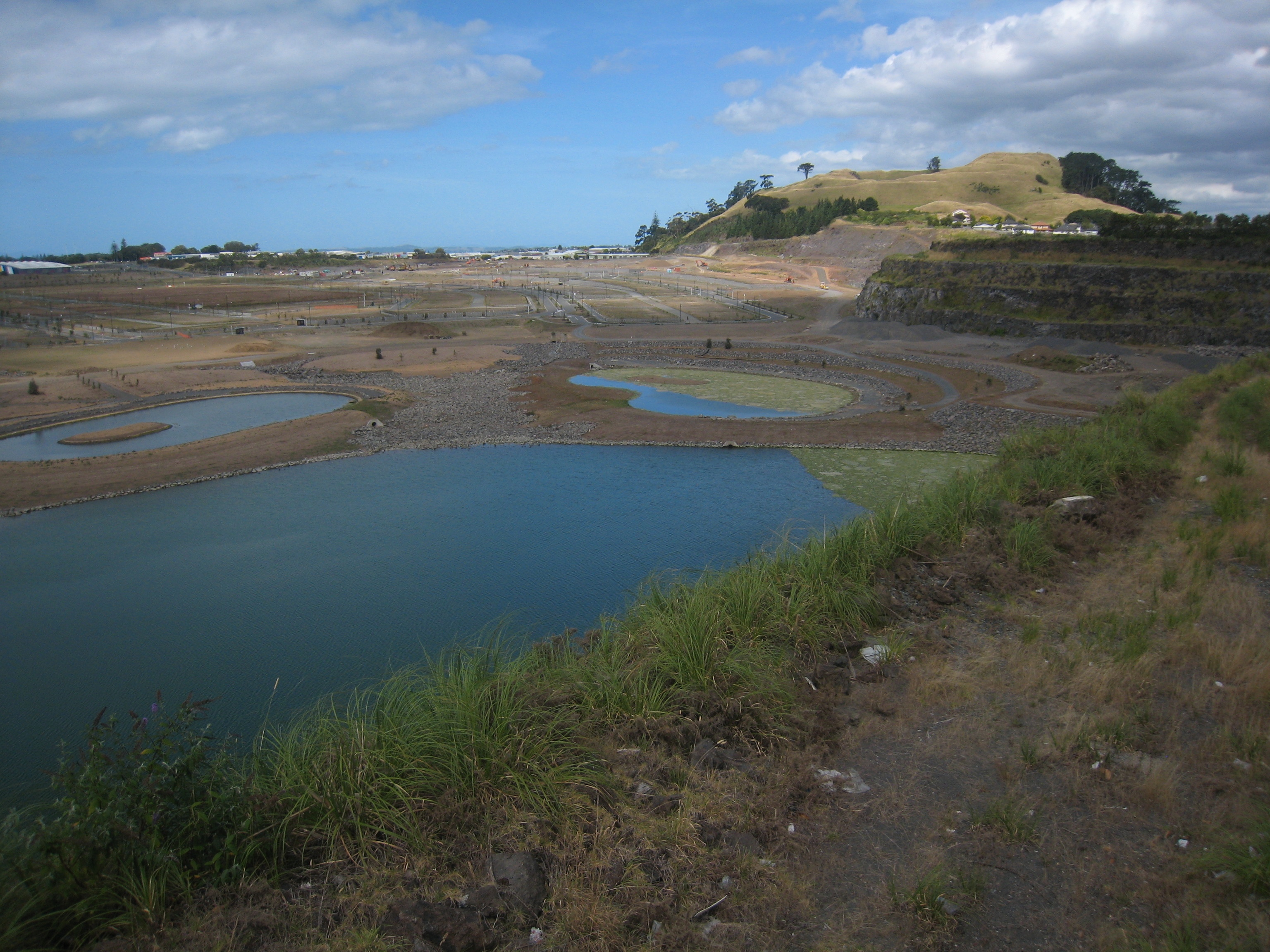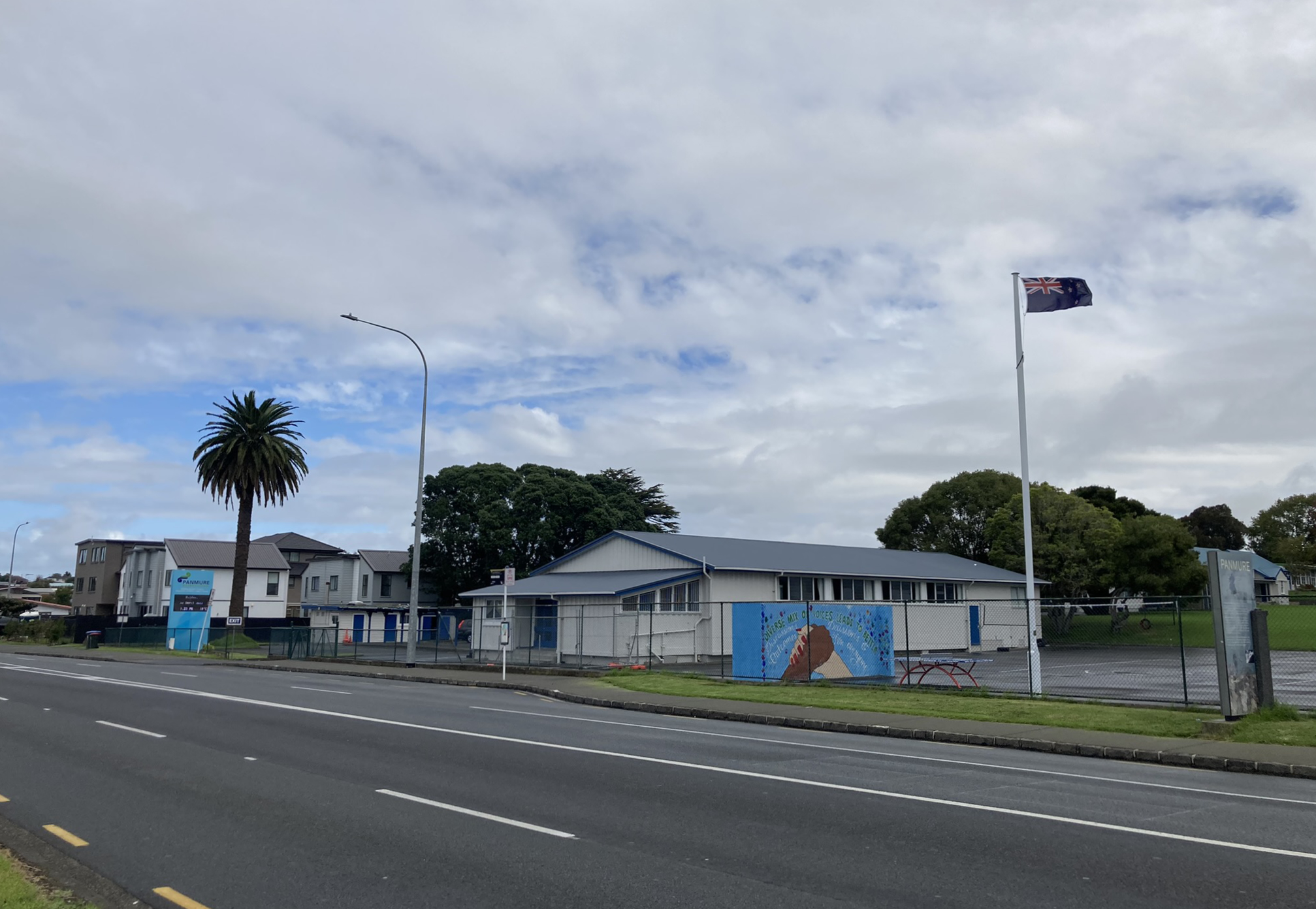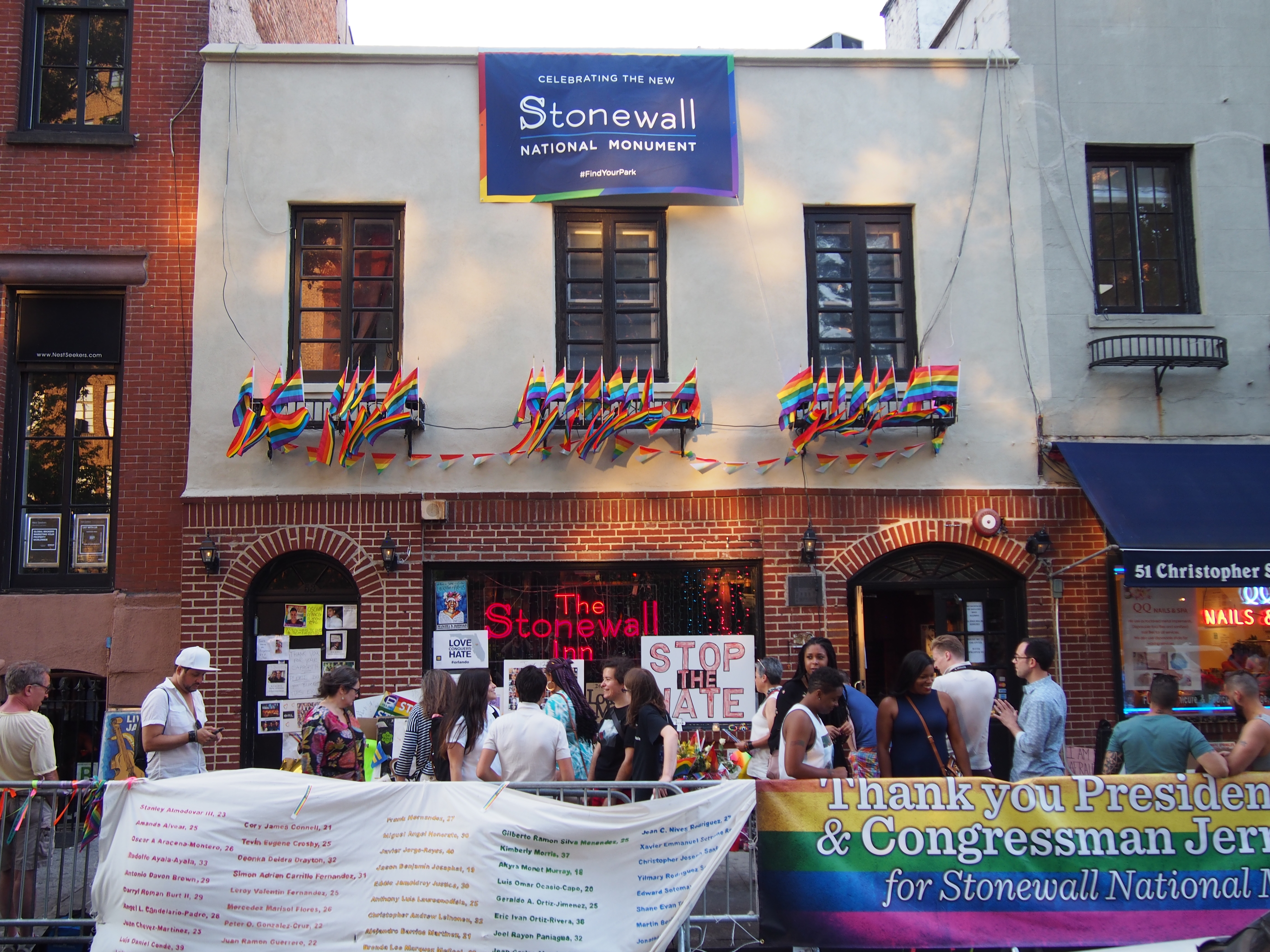|
Stonefields
Stonefields is a suburb in Auckland, New Zealand, located 8 kilometres southeast of the city centre. Stonefields is surrounded by the suburbs of Mount Wellington, New Zealand, Mount Wellington, Saint Johns, New Zealand, Saint Johns and Glen Innes, New Zealand, Glen Innes. History The 100 hectares site of single basalt lava flow from the nearby scoria cone of Maungarei, Maungarei/ Mt Wellington was purchased by Percy Winstone in the mid-1930s. Quarrying began in 1936 and by 1969, the quarry reached a production total of 1 million tonnes per year. When the quarry was worked out by the year 2000, in excess of 35 million tonnes had been produced and used to build the city of Auckland. Once the quarry ceased operations, there was much debate on its future use. A landfill rubbish site was considered and the plan was discarded due to the risk of leachate into ground water. Instead, Stonefields, a housing development was agreed. The former rock quarry was to be one of the largest b ... [...More Info...] [...Related Items...] OR: [Wikipedia] [Google] [Baidu] |
Maungarei
Maungarei / Mount Wellington is a 135-metre volcano, volcanic peak and Tūpuna Maunga o Tāmaki Makaurau, Tūpuna Maunga (ancestral mountain) located in the Auckland volcanic field of Auckland, New Zealand. It is the youngest onshore volcano of the Auckland volcanic field, having been formed by an eruption around 10,000 years ago. It is the largest of Auckland's scoria cones and has a near-circular base with a flattish rim and three small craters. It is situated in the Mount Wellington, New Zealand, Mount Wellington suburb of Central Auckland. Geology A number of lava flows were created by the mountain's eruption, including one which was six kilometres in length, stretching to the Manukau Harbour at Southdown, New Zealand, Southdown. Another lava flow blocked the course of a river valley, forming Lake Waiatarua. History The name is short for Te Maungarei ā Pōtaka, the ancient Ngāi Tai ki Tāmaki / Te Waiōhua chief whose domain included the mountain and surrounding areas ... [...More Info...] [...Related Items...] OR: [Wikipedia] [Google] [Baidu] |
Panmure, New Zealand
Panmure is an east Auckland suburb, in the North Island of New Zealand. It is located 11 kilometres southeast of the Auckland CBD, close to the western banks of the Tāmaki River and the northern shore of the Panmure Basin (or Kaiahiku). To the north lies the suburb of Tāmaki, and to the west is the cone of Maungarei / Mount Wellington. Demographics Panmure covers and had an estimated population of as of with a population density of people per km2. Panmure West is mostly commercial and industrial. Panmure East is mostly residential. Panmure had a population of 3,723 in the 2023 New Zealand census, an increase of 72 people (2.0%) since the 2018 census, and an increase of 465 people (14.3%) since the 2013 census. There were 1,881 males, 1,824 females and 18 people of other genders in 1,338 dwellings. 3.9% of people identified as LGBTIQ+. There were 558 people (15.0%) aged under 15 years, 789 (21.2%) aged 15 to 29, 1,848 (49.6%) aged 30 to 64, and 525 (14.1%) aged 6 ... [...More Info...] [...Related Items...] OR: [Wikipedia] [Google] [Baidu] |
Mount Wellington, New Zealand
Mount Wellington is a suburb in East Auckland, New Zealand, located southeast of the city centre. It is surrounded by the suburbs of Stonefields, Tamaki, Panmure, Penrose, and Ellerslie, and by the Tāmaki River. The suburb is named after the volcanic peak of Maungarei / Mount Wellington. Sylvia Park is a large business park and shopping centre located in the suburb. Geography Maungarei / Mount Wellington is a volcanic peak of the Auckland volcanic field. It is the youngest onshore volcano of the Auckland volcanic field, having been formed by an eruption around 10,000 years ago. It is the largest of Auckland's scoria cones. Prior to European settlement, the area around Maungarei was bracken scrub and not densely forested. The southern section, closer to Ōtāhuhu / Mount Richmond, was primarily broadleaf and podocarp forest with patches of clear scrubland. History The isthmus south of the mountain was traditionally settled by Ngāi Tāhuhu, descendants of Tāhuh ... [...More Info...] [...Related Items...] OR: [Wikipedia] [Google] [Baidu] |
Ōrākei Local Board
The Ōrākei Local Board is one of the 21 local boards of Auckland Council. It is coterminous with the Ōrākei ward. It was chaired in its first two terms by local politician Desley Simpson following the 2010 and 2013 elections. In the 2016 elections, Simpson stood for and won the Orakei ward councillor seat on Auckland Council. Colin Davis took her place as Chair. Geography The Ōrākei Local Board Area includes both the suburb of Ōrākei, and the nearby suburbs of Remuera, Ellerslie, Stonefields, St Johns, Meadowbank, Mission Bay, Kohimarama, St Heliers, Glendowie and Glen Innes. There are town centres in Ellerslie, St Johns, Remuera, Mission Bay and St Heliers. Geographically, area is situated around the Ōrākei Basin and along a Hauraki Gulf coastline with beaches and cliffs. Governance The board consists of 7 members who were elected in the 2022 local elections. Demographics Ōrākei Local Board Area covers and had an estimated population of as of ... [...More Info...] [...Related Items...] OR: [Wikipedia] [Google] [Baidu] |
Saint Johns, New Zealand
St Johns is a suburb in Auckland, New Zealand. The suburb was named after St John's College, a religious training college established in what became the suburb in 1844 by Bishop Selwyn. The College of St John the Evangelist is the theological college of the Anglican Church in New Zealand and Polynesia. The complex of buildings occupies the crest of the hill and once commanded expansive views of the harbour to the north. The earliest buildings from the 1840s are the work of Frederick Thatcher, Bishop Selwyn's primary architect. Thatcher is largely responsible for what is now referred to as the "Selwyn Style"; wooden gothic buildings based on Saxon examples, primarily Greensted Church, in the small village of Greensted in Essex. These structures tend to have pronounced exposed wooden beams on the exterior, gabled 60-degree-pitch roofs and lancet windows. To the south of Remuera Road lies Waiatarua Reserve. This is a natural basin, prone to seasonal flooding. On several 19th ce ... [...More Info...] [...Related Items...] OR: [Wikipedia] [Google] [Baidu] |
Pākehā
''Pākehā'' (or ''Pakeha''; ; ) is a Māori language, Māori-language word used in English, particularly in New Zealand. It generally means a non-Polynesians, Polynesian New Zealanders, New Zealander or more specifically a European New Zealanders, European New Zealander. It is not a legal term and has no definition under New Zealand law. ''Papa'a'' has a similar meaning in Cook Islands Māori. Etymology and history The etymology of is uncertain. The most likely sources are the Māori words or , which refer to an oral tale of a "mythical, human like being, with fair skin and hair who possessed canoes made of reeds which changed magically into sailing vessels". When Europeans first arrived they rowed to shore in longboats, facing backwards: In traditional Māori canoes or , paddlers face the direction of travel. This is supposed to have led to the belief by some, that the sailors were ''patupaiarehe'' (supernatural beings). There have been several dubious interpretati ... [...More Info...] [...Related Items...] OR: [Wikipedia] [Google] [Baidu] |
Māori People
Māori () are the Indigenous peoples of Oceania, indigenous Polynesians, Polynesian people of mainland New Zealand. Māori originated with settlers from East Polynesia, who arrived in New Zealand in several waves of Māori migration canoes, canoe voyages between roughly 1320 and 1350. Over several centuries in isolation, these settlers developed Māori culture, a distinct culture, whose language, mythology, crafts, and performing arts evolved independently from those of other eastern Polynesian cultures. Some early Māori moved to the Chatham Islands, where their descendants became New Zealand's other indigenous Polynesian ethnic group, the Moriori. Early contact between Māori and Europeans, starting in the 18th century, ranged from beneficial trade to lethal violence; Māori actively adopted many technologies from the newcomers. With the signing of the Treaty of Waitangi, Treaty of Waitangi/Te Tiriti o Waitangi in 1840, the two cultures coexisted for a generation. Rising ten ... [...More Info...] [...Related Items...] OR: [Wikipedia] [Google] [Baidu] |
Pasifika New Zealanders
Pasifika New Zealanders (also called Pacific Peoples) are a pan-ethnic group of New Zealanders associated with, and descended from, the indigenous peoples of the Pacific Islands (also known as Pacific Islander#New Zealand, Pacific Islanders) outside New Zealand itself. They form the fourth-largest ethnic grouping in the country, after European New Zealanders, European descendants, indigenous Māori people, Māori, and Asian New Zealanders. Over 380,000 people identify as being of Pacific origin, representing 8% of the country's population, with the majority residing in Auckland. History Prior to the Second World War Pasifika in New Zealand numbered only a few hundred. Wide-scale Pasifika migration to New Zealand began in the 1950s and 1960s, typically from countries associated with the Commonwealth and the Realm of New Zealand, including Western Samoa (modern-day Samoa), the Cook Islands and Niue. In the 1970s, governments (both New Zealand Labour Party, Labour and New Zealand ... [...More Info...] [...Related Items...] OR: [Wikipedia] [Google] [Baidu] |
Asian New Zealanders
Asian New Zealanders are New Zealanders of Asian ancestry (including naturalised New Zealanders who are immigrants from specific regions in Asia and descendants of such immigrants). At the 2023 census, 861,573 New Zealanders identified as being of Asian ethnicity, making up 17.3% of New Zealand's population. The first Asians in New Zealand were Chinese workers who migrated to New Zealand to work in the gold mines in the 1860s. The modern period of Asian immigration began in the 1970s when New Zealand relaxed its restrictive policies to attract migrants from Asia. Terminology Under Statistics New Zealand classification, the term refers to a pan-ethnic group that includes diverse populations who have ancestral origins in East Asia (e.g. Chinese, Korean, Japanese), Southeast Asia (e.g. Filipino, Vietnamese, Malaysian), and South Asia (e.g. Nepalese, Indian (incl. Indo-Fijians), Sri Lankan, Bangladeshi, Pakistani). New Zealanders of West Asian and Central Asi ... [...More Info...] [...Related Items...] OR: [Wikipedia] [Google] [Baidu] |
LGBTQ
LGBTQ people are individuals who are lesbian, Gay men, gay, bisexual, transgender, queer, or questioning (sexuality and gender), questioning. Many variants of the initialism are used; LGBTQIA+ people incorporates intersex, Asexuality, asexual, Aromanticism, aromantic, agender, and other individuals. The group is generally conceived as broadly encompassing all individuals who are part of a Sexual and gender minorities, sexual or gender minority, including all Sexual orientation, sexual orientations, romantic orientations, gender identities, and sex characteristics that are Non-heterosexual, not heterosexual, heteroromantic, cisgender, or endosex, respectively. Scope and terminology A broad array of sexual and gender minority identities are usually included in who is considered LGBTQ. The term ''gender, sexual, and romantic minorities'' is sometimes used as an alternative umbrella term for this group. Groups that make up the larger group of LGBTQ people include: * People with a ... [...More Info...] [...Related Items...] OR: [Wikipedia] [Google] [Baidu] |





